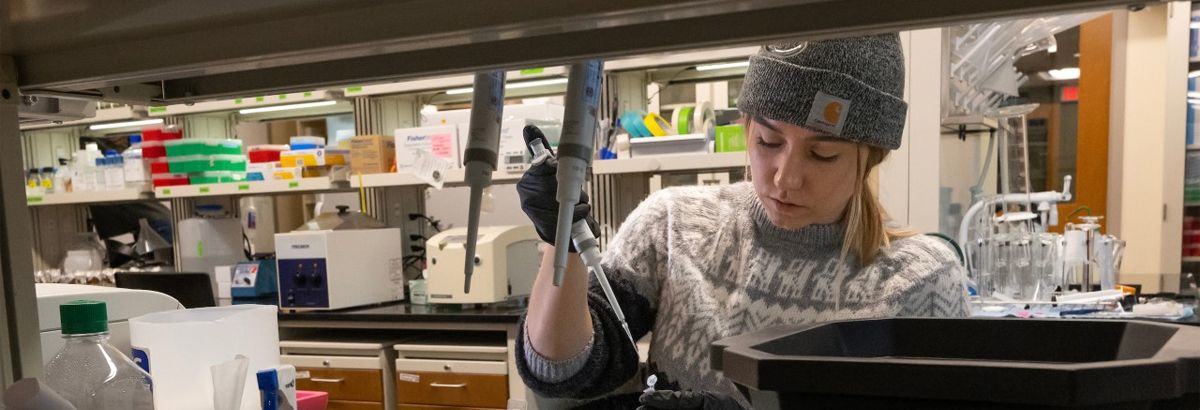Andrew Rau
Research Assistant Professor
Contact
- Office
- ISB 221
- andrew.rau@umontana.edu
- Office Hours
I have an open door policy and I am always happy to meet with students about their current research/classes or future plans.
Education
1. Postdoctoral Fellow; Colorado State University College of Veterinary Medicine; Dept of Biomedical Sciences
2. PhD, Neuroscience; Wake Forest University School of Medicine; Department of Physiology and Pharmacology
3. BS, Physiological Psychology; Pacific University
Courses Taught
I contribute to or teach the following courses:
NEUR 441 - CNS Diseases
NEUR 458 - Neuroscience Research Techniques Lab
NEUR 491 - Neuroanatomy
Field of Study
I am a neurophysiologist interested in the neurobiological mechanisms underlying motivated behaviors. My lab employs mouse behavioral neuroscience models in wildtype and transgenic mice, whole cell patch clamp electrophysiology techniques in rodent brain slices, and high-resolution microscopy to study how specific brain circuits, cell-types, and receptor systems respond to environmental stimuli to affect future behaviors. Currently, we are interested in how GABAergic interneurons are changed (i.e., receptor expression and activity, dendritic spine morphology, etc) to affect individual microcircuits in the medial prefrontal cortex following learned fear. These studies have implications for post-traumatic stress disorder and other anxiety disorders.
Selected Publications
Rau AR, Hentges ST (2017) The Relevance of AgRP Neuron-Derived GABA Inputs to POMC Neurons Differs for Spontaneous and Evoked Release. J Neurosci 37:7362-7372.
Rau AR, Hentges ST (2019) GABAergic Inputs to POMC Neurons Originating from the Dorsomedial Hypothalamus Are Regulated by Energy State. J Neurosci 39:6449-6459.
Rau AR, Hentges ST (2021) Energy state alters regulation of proopiomelanocortin neurons by glutamatergic ventromedial hypothalamus neurons: pre- and postsynaptic mechanisms. J Neurophysiol 125:720-730.
Rau AR, Chappell AM, Butler TR, Ariwodola OJ, Weiner JL (2015) Increased Basolateral Amygdala Pyramidal Cell Excitability May Contribute to the Anxiogenic Phenotype Induced by Chronic Early-Life Stress. J Neurosci 35:9730-9740.
A full list of my publications can be found here:

